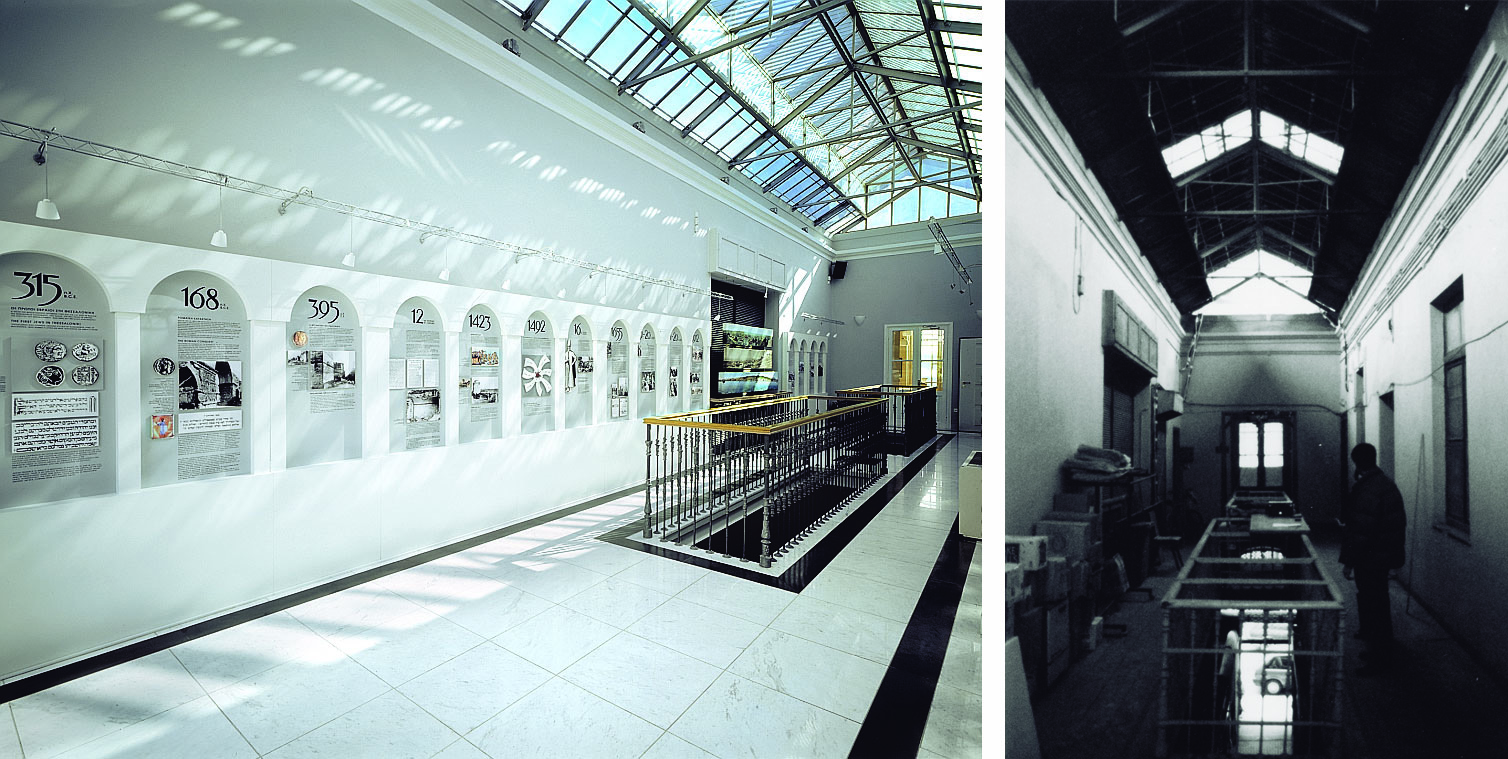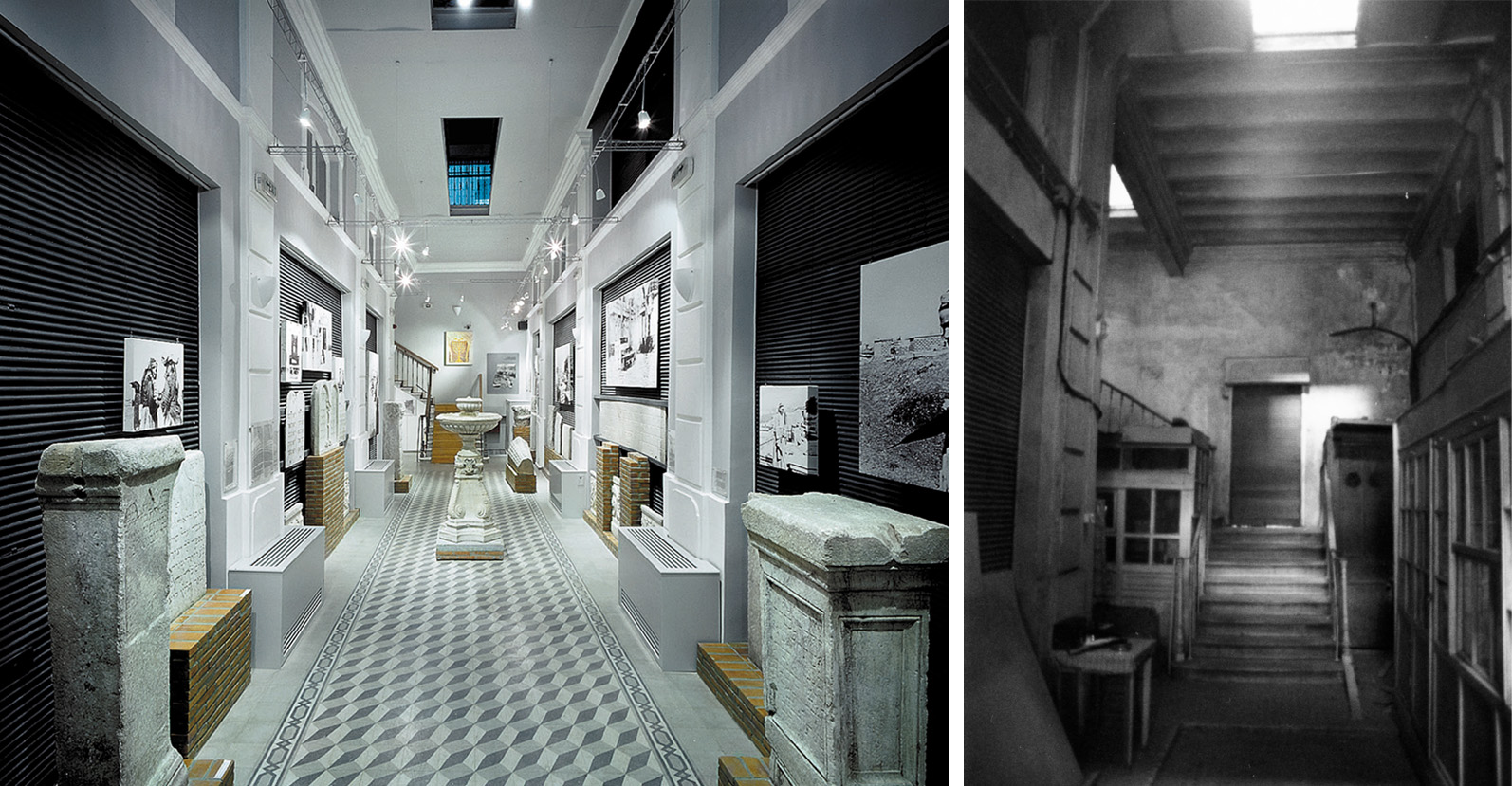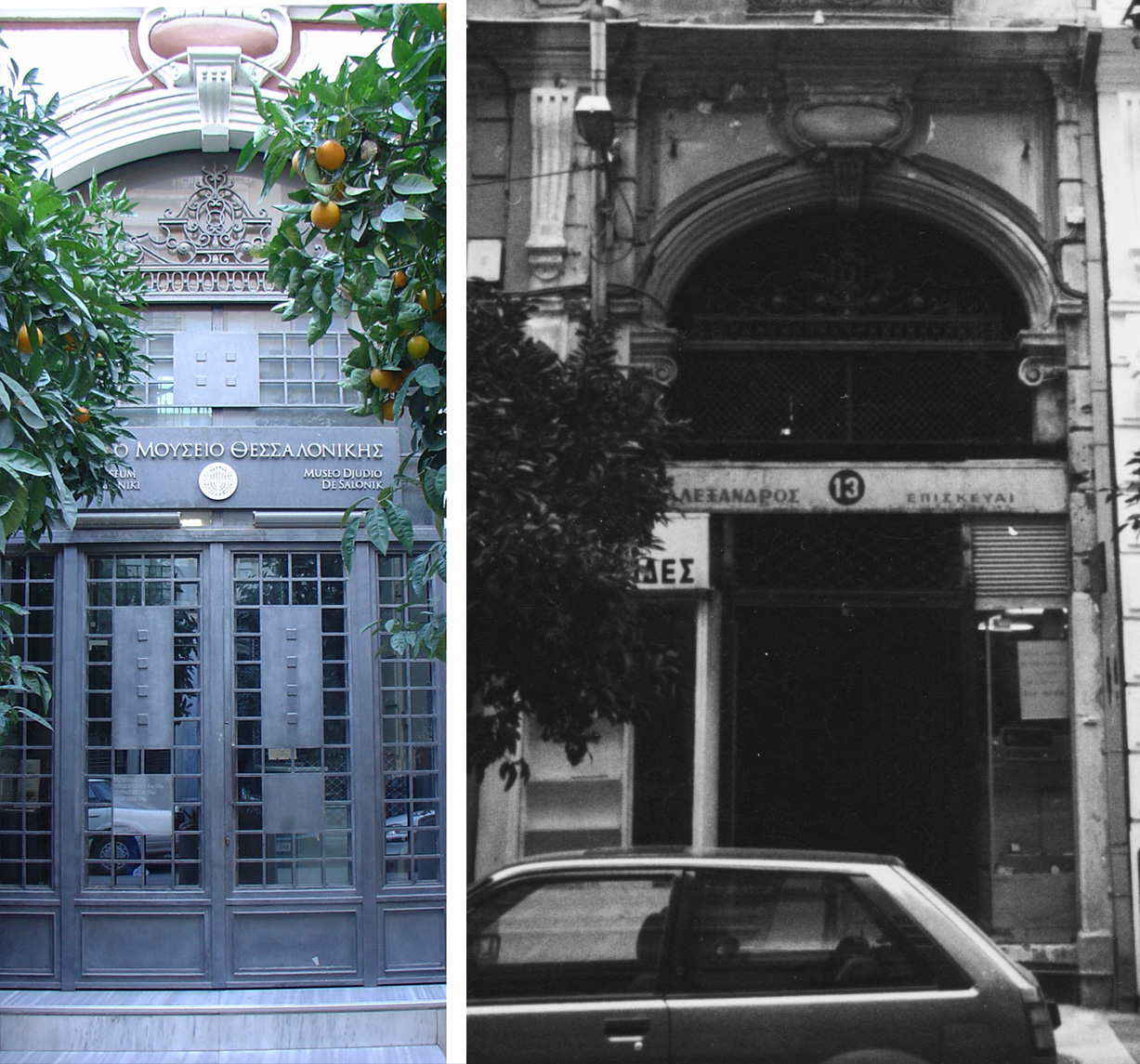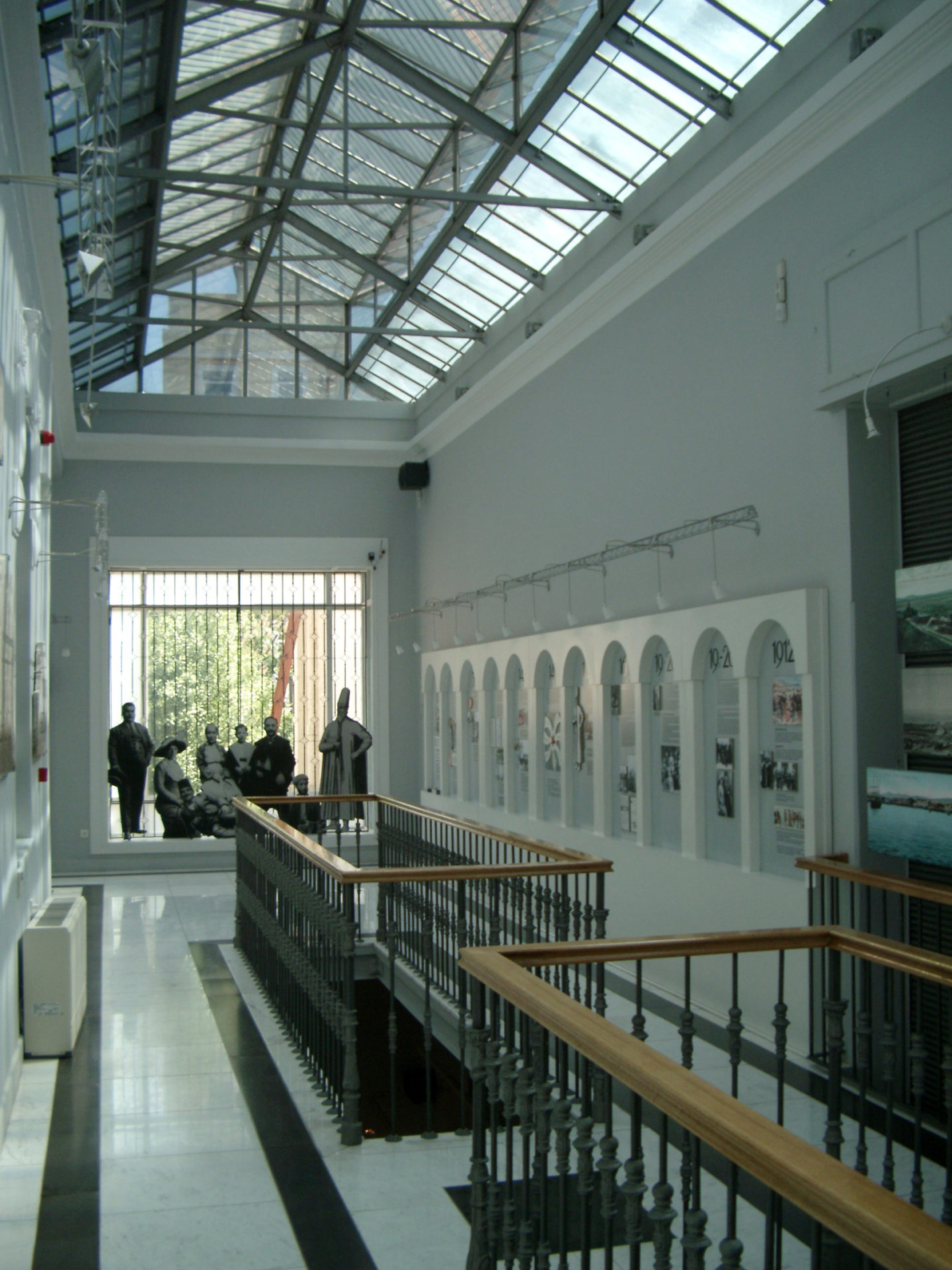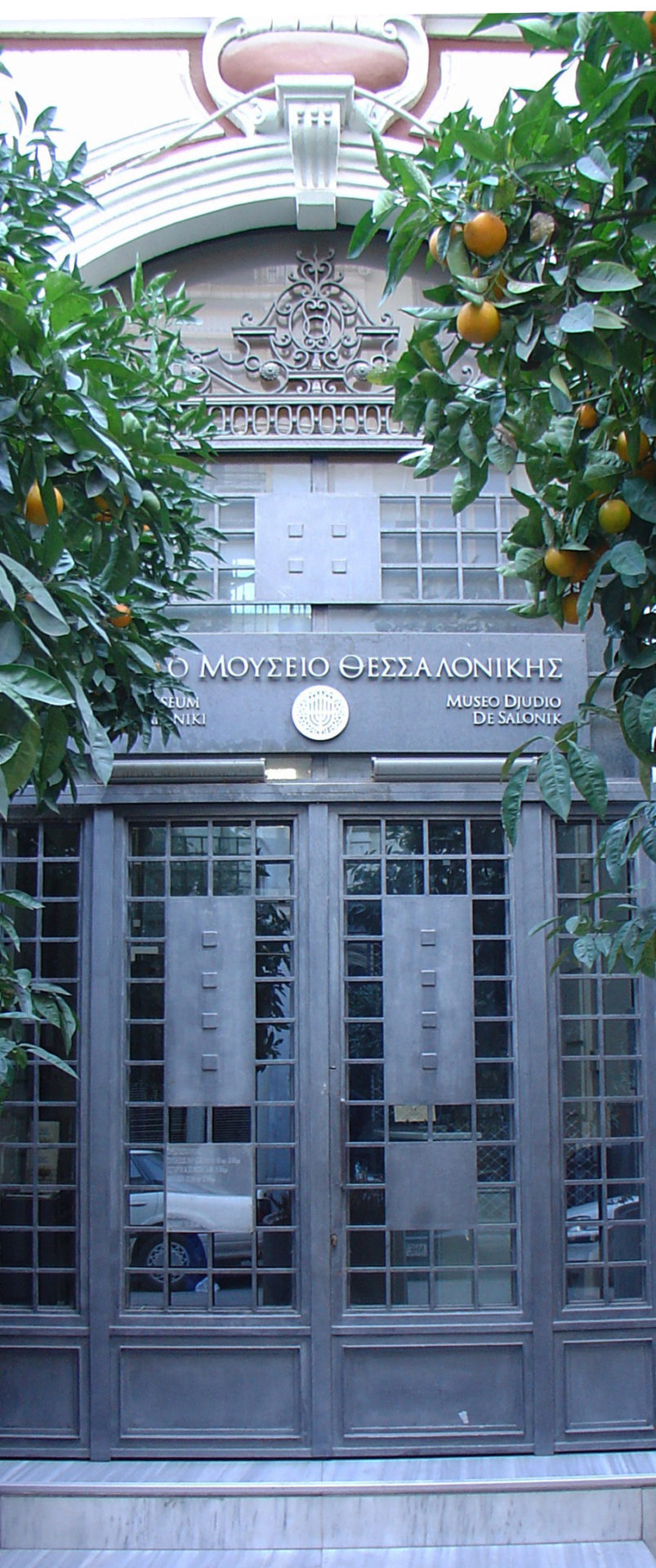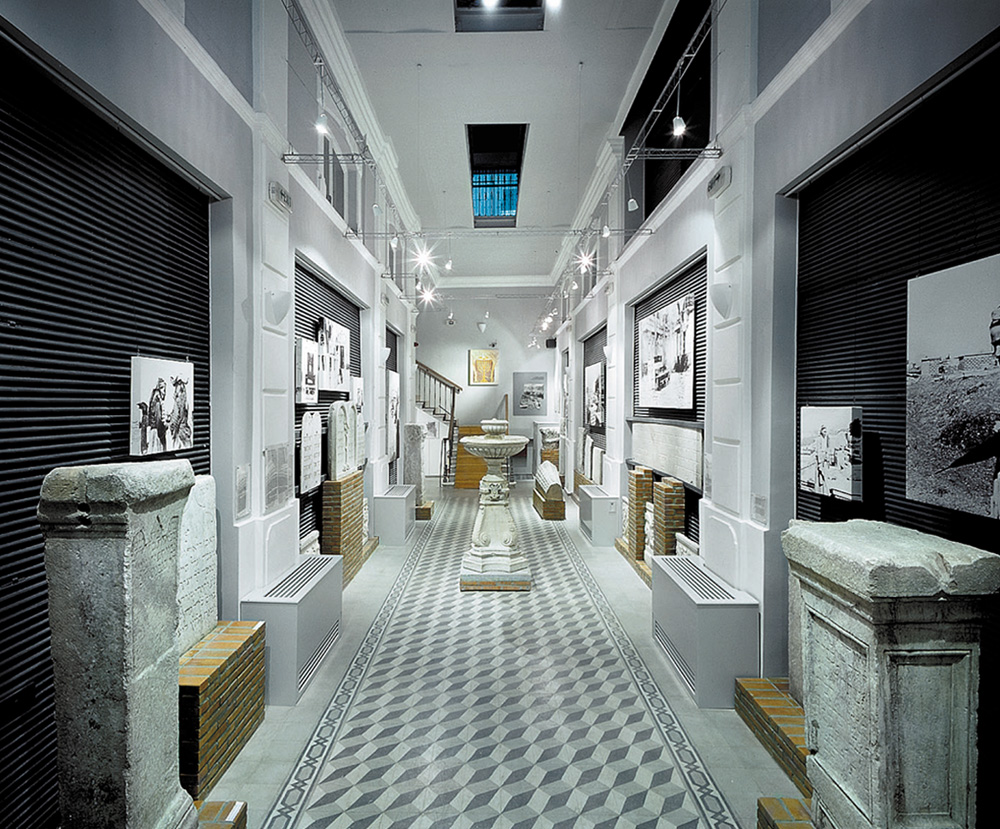Museum of Jewish Presence
The design of the “Museum of Jewish presence in Greece” was prepared in the framework of the “Thessaloniki – Cultural Capital of Europe 1997” for “maintaining and restoring the historical character of the city” and refers to the reuse of part of a listed commercial building, on 13 Ag. Mina St., as a museum, without altering its historical appearance.
The project of the restoration and reuse of the building to be oriented interventions that are characterized by:
- Simplicity and respect to the listed building and its history
- Adaptation and integration of the functional requirements of the new year, in the typological, morphological and structural features of the existing building
- Ensure the preservation of its historical identity
- Emergence of the building through modern architectural interventions
- Energy designing by applying the principles of sustainable architecture
This building dating from the early 20th century, is one of three buildings on the site of St. Minas street, which survived the 1917 fire and subsequent demolition. The building which is a two storey with basement, is a typical sample of commercial buildings of its era. A key feature of its typology is the two storey gallery, which allows the development of commercial premises within the block. Made with load bearing walls and floors made from steel beams with volted bricks that fill the gaps. The roof finish is made with quad tile roofs resting on a wooden frame, with the exception of the gallery and the staircase, which were housed with metal sheets, placed on an elevated metal grid. The morphological characteristics of the building follow the eclectic standards, which were the mainstream of commercial galleries in central Europe. The continuation of these morphological choices in the domestic front of the gallery, highlights the operational continuity of its commercial character of the area and within its block.
The new building program required the following functional units:
- Museum Exhibition Area
- Events hall
- Administration Office / Small Library
- Cafe – Refreshments Area
- Entrance, Secretariat , a small Shop and Bookstore
- Auxiliary Facilities
The design team proposed the expansion of the museum on both levels of the gallery to enable the possibility of as many exhibits, thus necessitating the creation of an entrance at ground floor, which was placed inside the iron door which was redesigned. The ground floor still has a small secretariat, shop, small bookstore and exhibition space as well as openings at the old premises of the gallery covered with shutters, which gave the opportunity to put exhibits in order to revive in this way, the old operation of the gallery. The marble, ornate stairwell, whose steps were damaged heavily was covered in the central section by a wooden ramp, which provides easy access to the floor, while allowing clear reading of the footprint of the original stairway.
The Museum develops on the ground floor in four consecutive spaces in a way that the entrance and exit are separated and the movement of the visitors is circular, without intersections. Facing the exhibition space, with an independent entrance from the existing runway, there is an events hall for 40 people. The office of the administration of the museum, which serves as a small library, is located centrally on the axis of the atrium. The area of the atrium closes perimetrically with glazed units and is used as an extension of the museum. On the corner of the atrium was created a small café.
New openings have been created on the exterior walls of the floor to reveal the views of the square and the church of Agios Minas. On the building, local alterations were made to the bearing structure, a partial repair of the underground spaces, full repair, restoration and development of the facades of the gallery, the ground floor, of the stairway and of the floor and mezzanine spaces and repair of its various roofs. The overlay of the existing gallery was restored with multiple, reflective, heat insulated glass, but was covered with metal shading to improve the energy performance of the building. The alterations are characterized by the simplicity of the materials used, limited to wood (oak) and metal, the simplicity of forms, clarity of alignment and use of natural, earthy colors.
Client
Organization for the Cultural Capital of Europe "Thessaloniki '97"
Location
13 Ag. Mina St., Thessaloniki , Greece
Year
1997
Area
590 sq.ms
Honors
Commission by the Cultural Capital committee among a selection of architect candidates Published: By IANOS Editions, “Appropriate Interventions for the Safe Guarding of Monuments and Historical Buildings”, 2009 Presented: At the 3rd National Congress for “Appropriate Interventions for the Safe Guarding of Monuments and Historical Buildings”, 2009 At the Seminar “Restoration Projects for Multicultural Heritage Monuments and Sites of Istanbul – European Capital of Culture 2010”, organized by the Interdepartmental Postgraduate Studies Program, Faculty of Engineering, Aristotle University of Thessaloniki, March 2011



